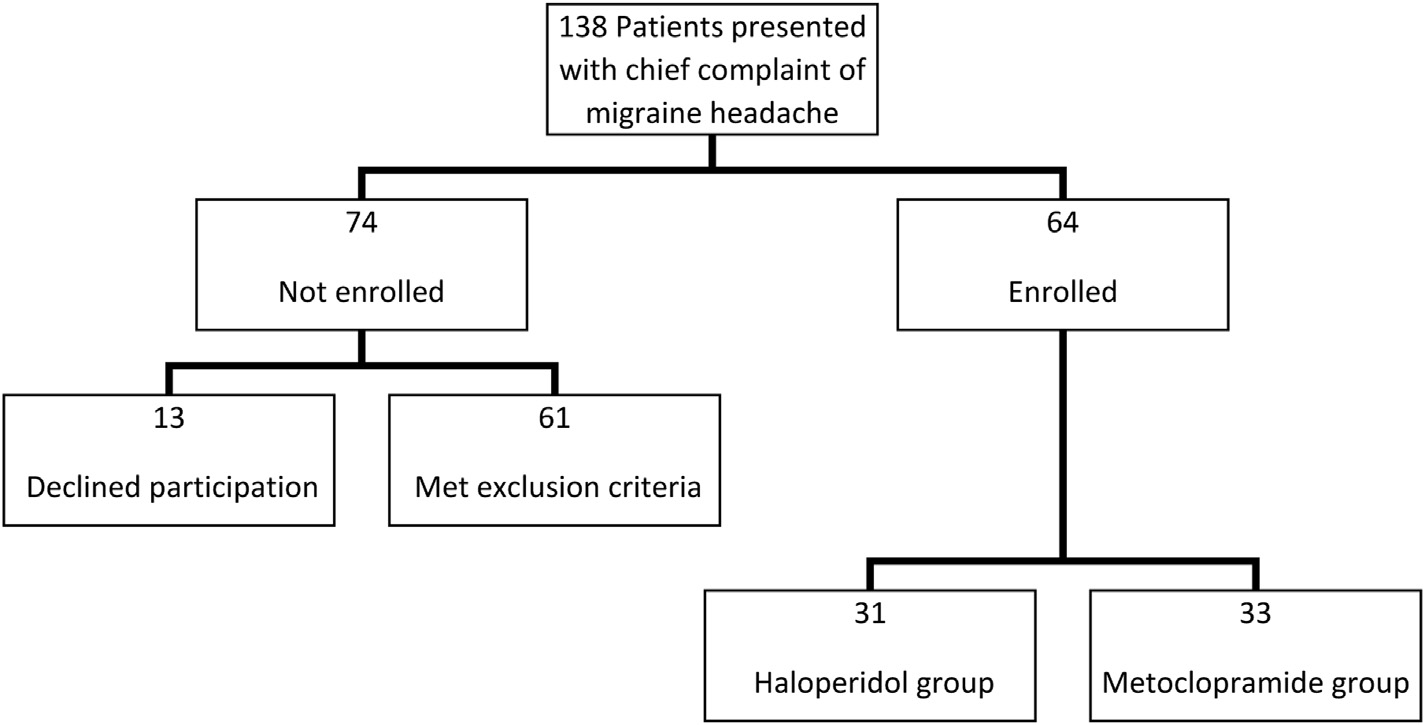Biodegradation of potentially harmful compounds in wastewater treatment
Aalto University School of Engineering Pia Ahlgren BIODEGRADATION OF POTENTIALLY HARMFUL COMPOUNDS IN WASTEWATER TREATMENT Master's Thesis submitted for examination for the degree of Master of Science in Technology. Espoo 25.4.2012 Supervisor: Professor Riku Vahala Instructor: Lic.Sc.(Tech.) Pirjo Rantanen AALTO UNIVERSITY


